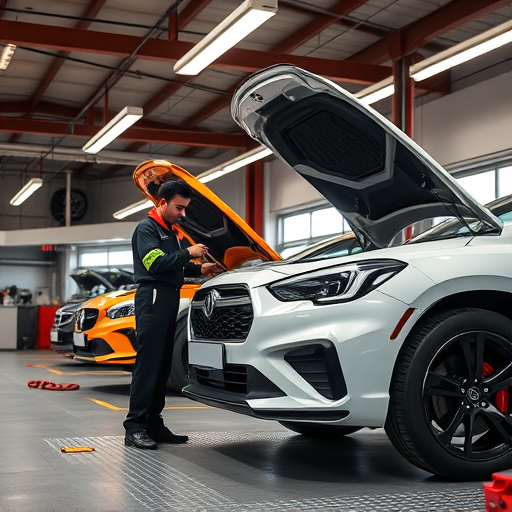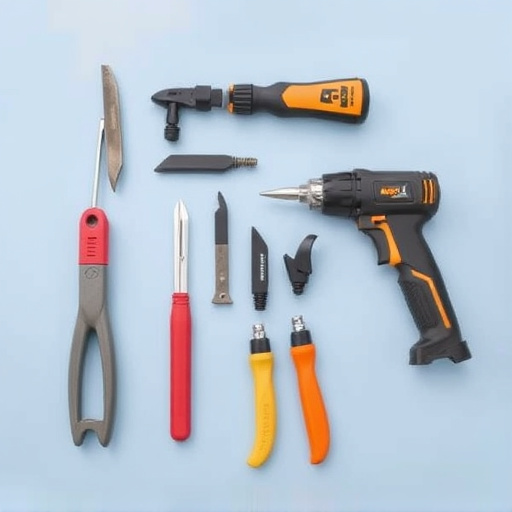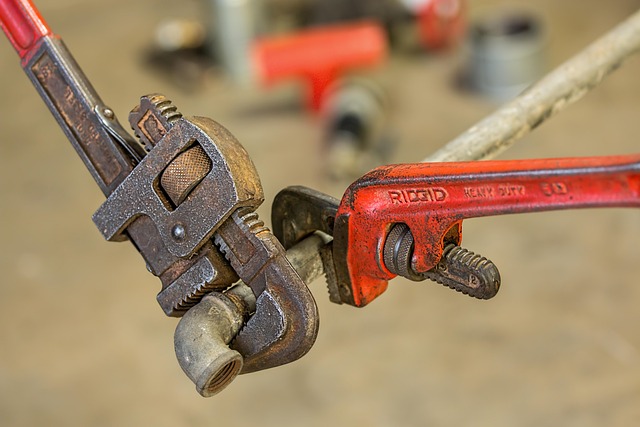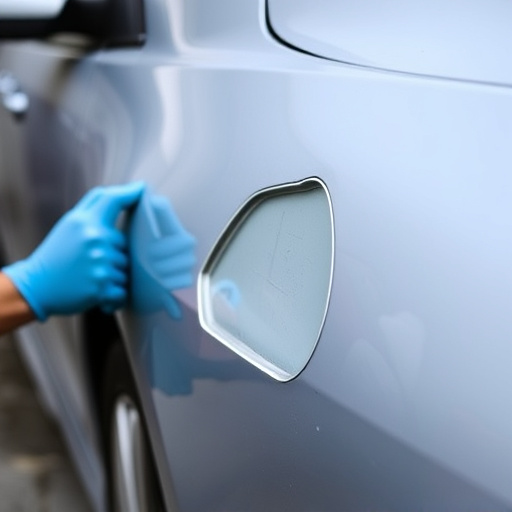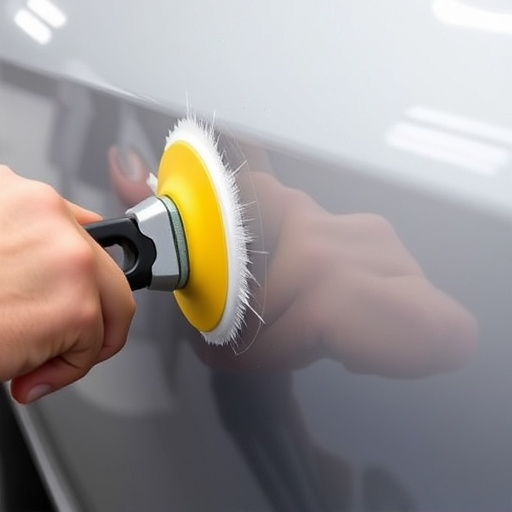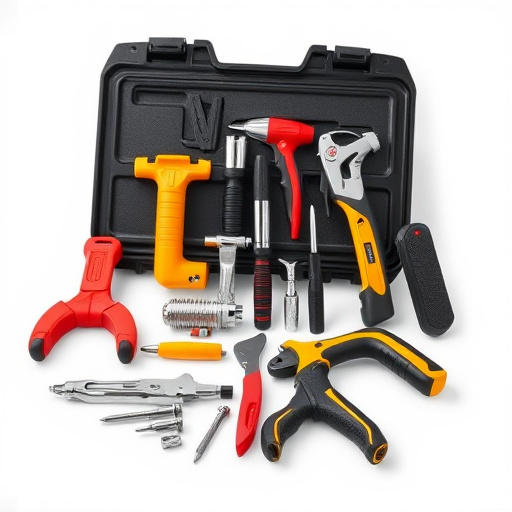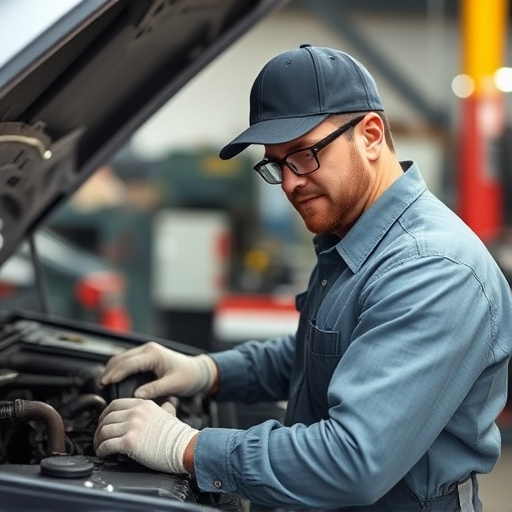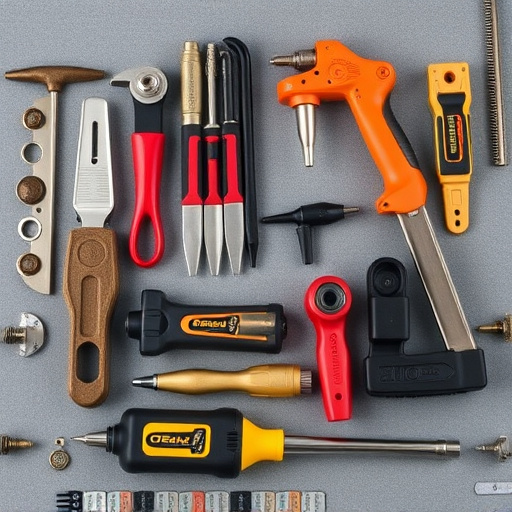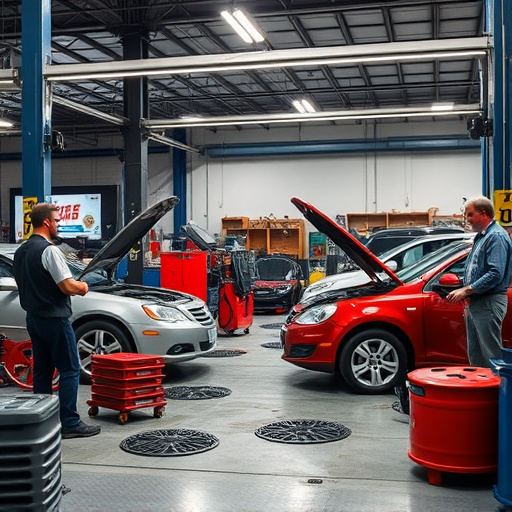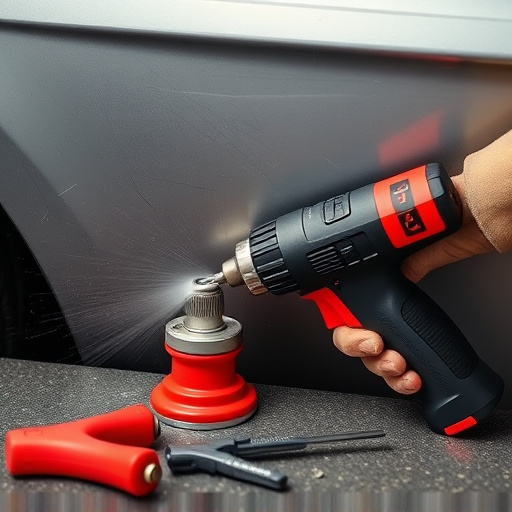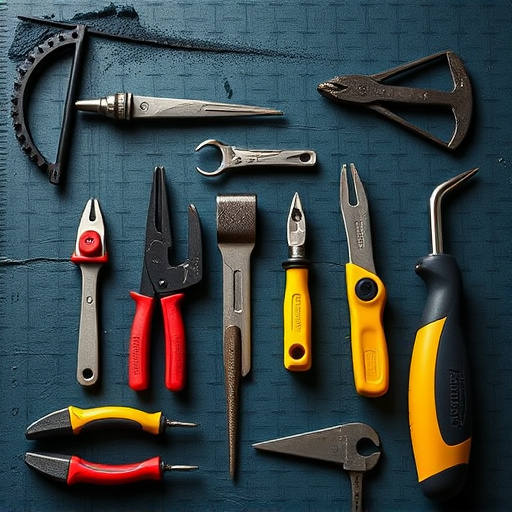The repair approval process is crucial for precise vehicle collision repair, requiring clear communication among insured parties, auto body shops, and insurance providers to minimize misunderstandings, delays, and ensure quality. Effective communication streamlines information exchange, enhances efficiency, aligns expectations, builds trust, and leads to faster, high-quality automotive restoration outcomes. Proactive measures are needed to overcome jargon, deadlines, and high case volumes that may create barriers during the repair approval process.
In today’s complex construction landscape, a seamless repair approval process is vital for project success. This article delves into the intricacies of the repair approval process, highlighting its importance in ensuring efficient project progression and fostering trust among stakeholders. We explore strategies for enhancing communication during repairs, addressing common barriers, and providing practical insights to streamline this critical phase. By understanding these key aspects, professionals can navigate the repair approval process with greater clarity and effectiveness.
- Understanding Repair Approval Process Basics
- Clear Communication: Enhancing Efficiency and Trust
- Common Barriers to Effective Communication During Repairs
Understanding Repair Approval Process Basics
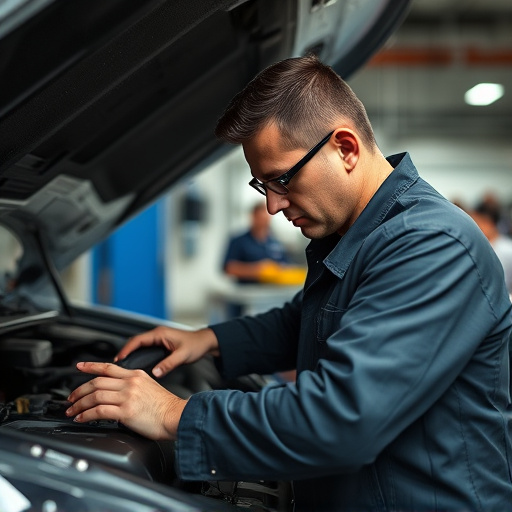
The repair approval process is a critical step in the journey from accident to recovery for both vehicle owners and auto repair facilities. It involves evaluating and documenting the extent of damage sustained during a vehicle collision, a key aspect of ensuring efficient and accurate vehicle collision repair. This process is not merely about assessing physical damages; it encompasses understanding the technical specifications, identifying replacement parts needed, and forecasting labor costs—all of which are vital for effective automotive collision repair.
Furthermore, clear communication plays a pivotal role during this phase. Effective interaction between insured parties, auto body shops, and insurance providers facilitates a smoother transition, minimizes misunderstandings, and prevents delays. When everyone involved has a shared, detailed understanding of the required repairs, it contributes to customer satisfaction and ensures that collision damage repair meets the highest standards of quality and safety.
Clear Communication: Enhancing Efficiency and Trust
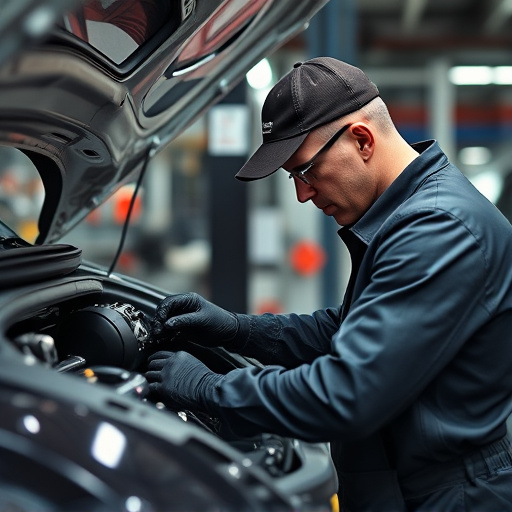
Clear communication is a cornerstone of any successful repair approval process, whether it’s for auto repair services, automotive restoration, or auto collision center work. By fostering open dialogue between all stakeholders—from customers to mechanics to management—the potential for misunderstandings and costly delays diminishes significantly. This, in turn, enhances efficiency by ensuring everyone is aligned on scope, timelines, and expectations from the outset.
Moreover, clear communication builds trust. Customers feel more assured when they receive transparent updates about their vehicle’s condition, recommended repairs, and associated costs. Mechanics, likewise, benefit from unambiguous instructions, access to necessary information, and timely feedback. This collaborative environment not only expedites the approval process but also promotes high-quality automotive restoration outcomes, ensuring that every repair is both effective and affordable.
Common Barriers to Effective Communication During Repairs
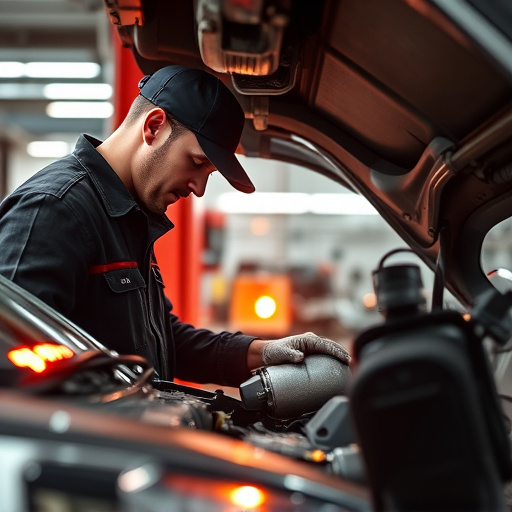
Effective communication is a cornerstone of any successful repair approval process, whether it’s for an automotive restoration or vehicle bodywork repairs. However, several barriers often impede clear and concise dialogue between stakeholders, such as homeowners, insurance providers, and auto body services. Misunderstandings can arise from complex jargon, leading to delays in decision-making. For instance, insurance adjusters and policyholders might use different technical terms for the same repair components, causing confusion.
Additionally, tight deadlines and high volumes of cases can accelerate these communication challenges. Insurers may rush through quotes or proposals, failing to convey crucial details about the scope of work. Similarly, auto body shops could be overwhelmed, leading to rushed estimates and a lack of comprehensive explanations for recommended repairs. Addressing these barriers requires proactive efforts to streamline information sharing, ensuring everyone involved is on the same page throughout the repair approval process.
Effective communication is the linchpin of a successful repair approval process. By fostering transparency and clarity throughout, stakeholders can significantly enhance efficiency, build trust, and ultimately ensure higher-quality outcomes. Overcoming common barriers through proactive strategies is essential to navigate this process smoothly, ensuring that repairs are executed promptly and meeting all expectations.
